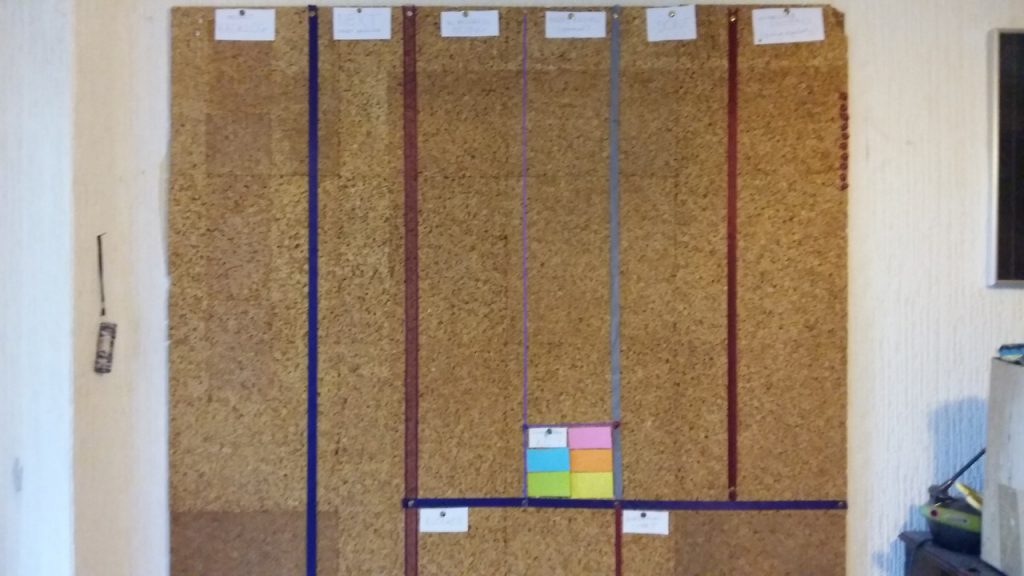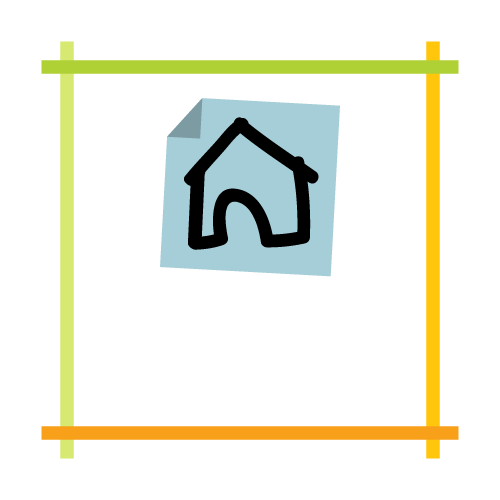
How we began using Home Scrum
I started my first day as a trainee software developer in July 2017. However, for the first three days the company didn’t teach us about coding; they taught us about Scrum. I had heard of Scrum before, but I had never quite realised that it was not about coding at all. It was a planning system for teams, and it could be applied to literally anything.
My brain lit up with possibilities. How could I not have already heard about this? Scrum is well-known: it is the most popular way to organise software development teams globally, and millions of people in the tech industry have used it for over two decades. But it has suffered the fate of being pigeon-holed; though there are thousands of books about it, they’re all for the corporate world. I had scoured self-help books about time-management, motivation, and ADHD, but none of them mentioned Scrum or came close to providing a similar overall system for us to use together.
I was so excited! I hurried home and presented the idea of Scrum to Francis, and, slightly to my surprise, he didn’t have an objection to trying it. We had tried so many other ideas for how to help us overcome the effects of his ADHD that we both despaired of ever finding a real solution. Francis would have been within his rights to give in to that despair and reject my help, but he is amazingly resilient and somehow had the energy to trust in yet another idea.
That first night, all I did was repeat bits and pieces of the day’s training to him; general, vaguely agile principles, and the general history of Scrum. We talked for about twenty minutes, and began to outline what we would need to start doing Scrum.
A couple of nights later, we had another five-minute sit-down to continue planning our next steps; and after another couple of nights, we spent ten minutes sorting out which steps were truly necessary to get us started (namely, getting a board onto the wall). Our fifth meeting was a little longer, and finally got us to the point of having every task defined and assigned to Francis or me.

Having every task broken down onto physical scraps of paper and the promise of a whole system tantalisingly close had a galvanising effect on us—especially Francis. We had allowed two weeks to get the board up, but finished in three days. (We’d had that cork board lying around for three years.) Finally, our prep work was finished, and we could start using Scrum for real. Seeing our cork board up on the wall was a very satisfying, physical sign of progress, and we were eager to build on our momentum and move on to goals directly relevant to our lives.

I often make the mistake of taking the lead on decisions around how we run our Home Scrum system without involving Francis. I think it’s important that I didn’t make that mistake for this first time; we both collaborated equally on getting our Scrum board ready, and it gave us a good foundation for learning to share work and to feel equal ownership over our Home Scrum system.







